The Next Level Racing HF8 in a nutshell
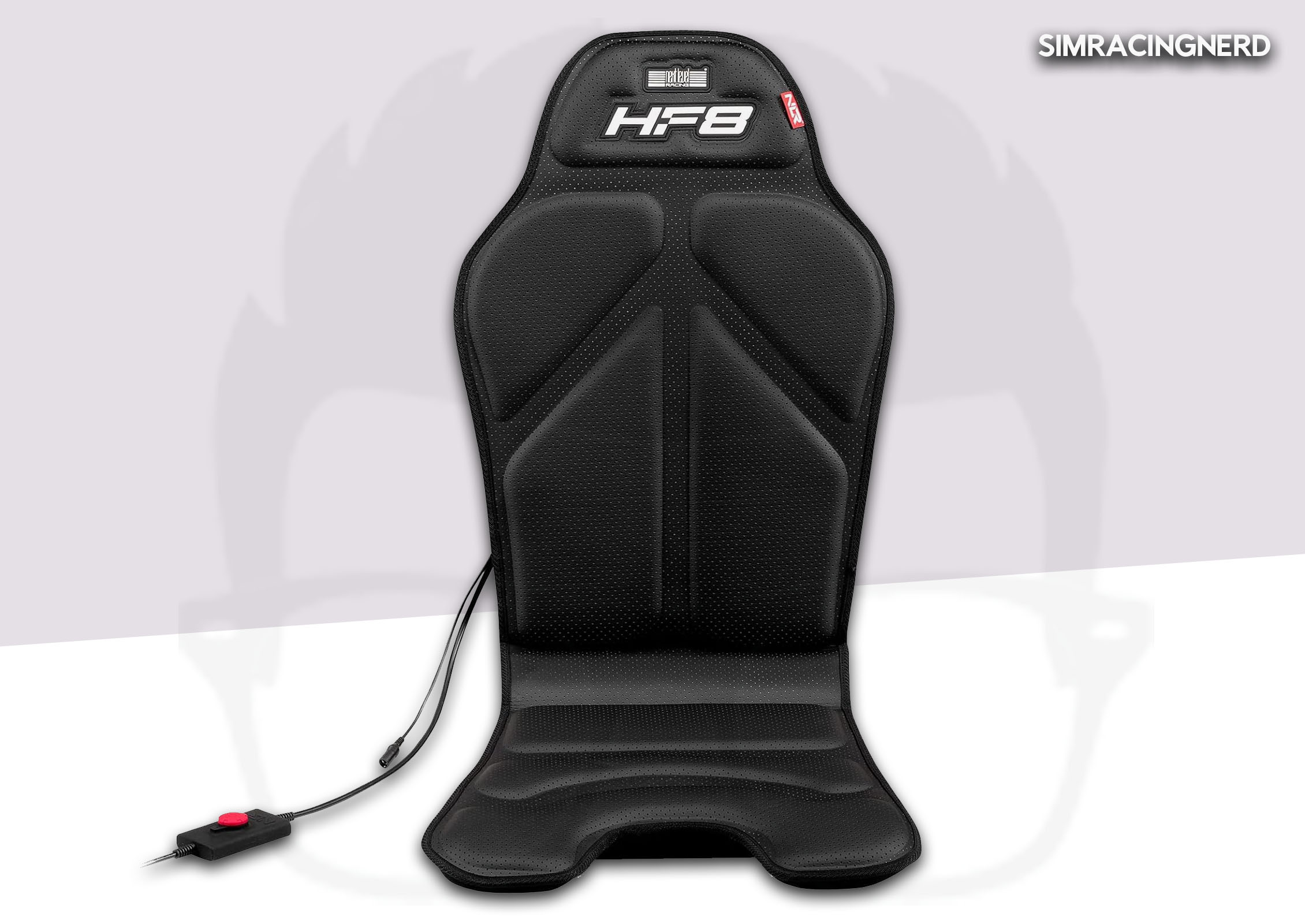
Advantages & Disadvantages
✅ Adds haptic sensations to any setup
✅ Attractive price
✅ Simhub compatible
❌ Adds thickness to seats
❌ Motors saturate quickly if badly configured
❌ There’s a latency between visual effects and those felt, except with Simhub
Next Level Racing is a world-renowned player in the sim-racing cockpit segment. The company is Australian, but its products are distributed worldwide, offering excellent sensations to budding pilots. The brand’s cockpits are renowned for their sturdiness, adaptability and value for money.
But chassis are only part of the sensations equation. A car moves, vibrates, even jumps sometimes, and this is difficult to convey in sim-racing. Solutions exist to add an extra layer of sensation, notably body movements and vibrations. Equipment such as a motorized platform offers both pitch and vibration, but is very expensive to buy and has a very limited cockpit compatibility list.
Wanting to reach another segment of sim-racing, Next Level Racing has developed a pad that incorporates electric motors to provide haptic feedback depending on what the car in front of you is doing. It’s called the HF8, and we’re going to see what it has to offer racers.
Key features and technical specifications
- Pad in the form of a seat cover
- 8 motors distributed throughout the pad for immersive haptic feedback
- Can be used in all games, whether sim-racing, flight sim or FPS
- PC-compatible via Simhub and also “supported” on consoles
- Adjustable via Next Level Racing software, in addition to Simhub
- Can also be used with films, TV series and music via a 3.5mm jack plug.
What is the NLR HF8?
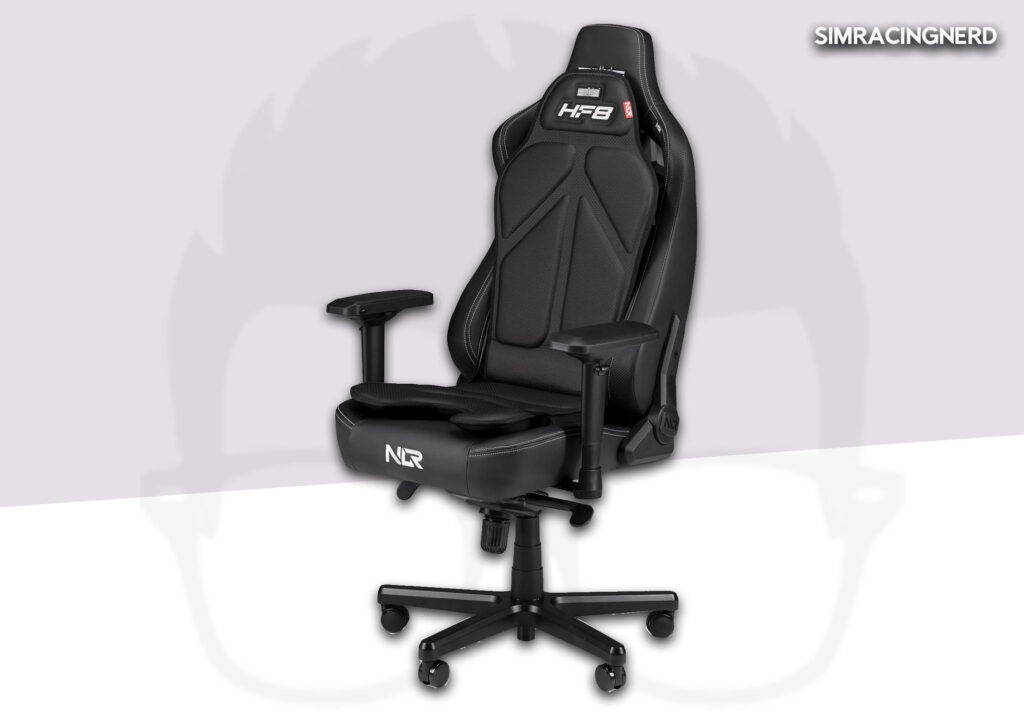
Let’s start by defining what the HF8 is. It’s a cover, or pad, equipped with 8 electric motors distributed over the entire surface, both dorsal and seat. These motors exploit telemetric data to provide targeted haptic feedback.
Each motor has its own curve and data source. This means you can configure the HF8 motors independently for the effects produced by the car. This is done either via SimHub, or via NLR software, to distribute vibrations, their data sources and intensities.
HF8 installation
Installation of the HF8 is like any other seat cover: you put it on from the top, and the straps tighten the whole thing. Once in place, the HF8 won’t budge from its position, and you can use it with a bucket seat on a chassis, or a gaming chair. What’s more, this NLR product isn’t just limited to sim-racing, but is perfectly at home on other games or multimedia content, such as movies, so you can feel explosions, shocks and so on.
Speaking of installation, you should know that the HF8 will add height to your seat, altering your seating position. As a result, you’ll have to adjust your bucket settings to accommodate this. In some places, the HF8 is 4 to 6 cm thick, which may seem huge, but it really isn’t, since most cockpits offer a wide range of bucket adjustments.
Lastly, the cables. You have one for the power supply and a box where two others come out: USB and 3.5mm jack. These cables are quite long, and you can connect them to your PC or console. I’d only have liked to see detachable cables, especially from the control box, in case you only use USB or Jack. But then, you can’t have everything in life.
Manufacturing and finishing
The HF8 is made of imitation leather on the surface, with fabric underneath. The imitation leather is honeycombed, offering, according to my tests, a good level of breathability. I don’t think your back will sweat a lot during your sim-racing sessions, unless, of course, the room temperature is high.
As for the finish, the HF8 is really qualitative. The seams and edges are well made, and very well finished too. The fabric underneath is soft, and won’t cause any damage to your seat, even if it’s alcantara.
Settings and parameters
For HF8 tuning, everything is done via software. Whether you use SimHub or Next Level Racing’s software, every electric motor is fully adjustable. You can configure the motor’s input, i.e. the telemetric data that will activate it, such as engine speed, ABS, ESP, shocks, etc. You can also configure the motor’s curve and the motor’s speed. You can also configure the motor curve and its current.
FYI: it’s so comprehensive that it will take you some time to find the right settings to apply to each motor, as these are individually configurable.
Comfort and sensations during play
As for comfort, the HF8 is a good pad, and you won’t feel the vibrators at all. If I didn’t know that this house was equipped with motors for haptic feedback, my back would have no idea of this, and I take my hat off to the Next Level Racing teams. However, the pad does add height to the seat, as I mentioned above. It’s not uncomfortable, but it does alter your driving position, which you’ll have to rectify in order to find your bearings.
When it comes to feel, let’s start with the good side of the HF8. Each engine is independent, and this gives a targeted feel. It’s really great to feel the vibrations of the engine as it revs up, wheel locks, shocks and so on. You have several effects to feel across the pad, with different intensities on a personal curve too. The effects are not as realistic as other equipment, such as a bass shaker, but it’s more than worth the price.
And now for the not-so-good side of the HF8. To put it simply: the motors, and their curves by extension, saturate quickly, like very quickly, especially if you opt for maximum power. As a result, you’ll end up with blurred effects in virtually every scenario, and above all, motors that don’t stop. To remedy this, the trick is to set the power curve between 20% and 40% max on each motor.
Another negative point is the latency between visual effects and how they feel on the pad. There was a time lag that was impossible to reduce in the first place, like a lag between action and reaction. The problem was NLR’s software, which took a long time to analyze telemetry data and transform it into vibration. The switch to Simhub has greatly corrected this.

Pad compatibility
On paper, Next Level Racing claims that the HF8 is compatible with both PC and console. On the PC, you have the USB plug and the brand’s software, plus Simhub, for settings. On the console, there’s a Jack plug, but forget about the settings on the machine, except for sound, which will give you very blurred effects.
There’s a way of countering this by harnessing the magic of computing. You connect your console to the same network as a PC (Wi-Fi or wired). You use Simhub to retrieve telemetry data from the sim-racing title running on the console, while the HF8 is connected to the PC. Simhub can then control the motors, based on the console game data, and send them to the HF8. It may sound complicated, but it’s much better than using the jack.
Value for money
Priced at €250, the Next Level Racing HF8 offers good value for money as far as I’m concerned. It’s well finished, works well if you’re using a PC in the equation, and offers extra sensations when racing.
My verdict on Next Level Racing’s HF8
If you’re a PC user looking for extra feedback, the HF8 is a no-brainer. It’s inexpensive, easy to install and configure, while offering decent feedback, as well as being comfortable.
On the other hand, if you’ve only got an Xbox or Playstation, I suggest you move on, because the HF8 will have nothing to offer you, apart from permanently blurred effects. The limitations don’t come from the product, even if it has its faults, but rather from the consoles and their closed ecosystem.

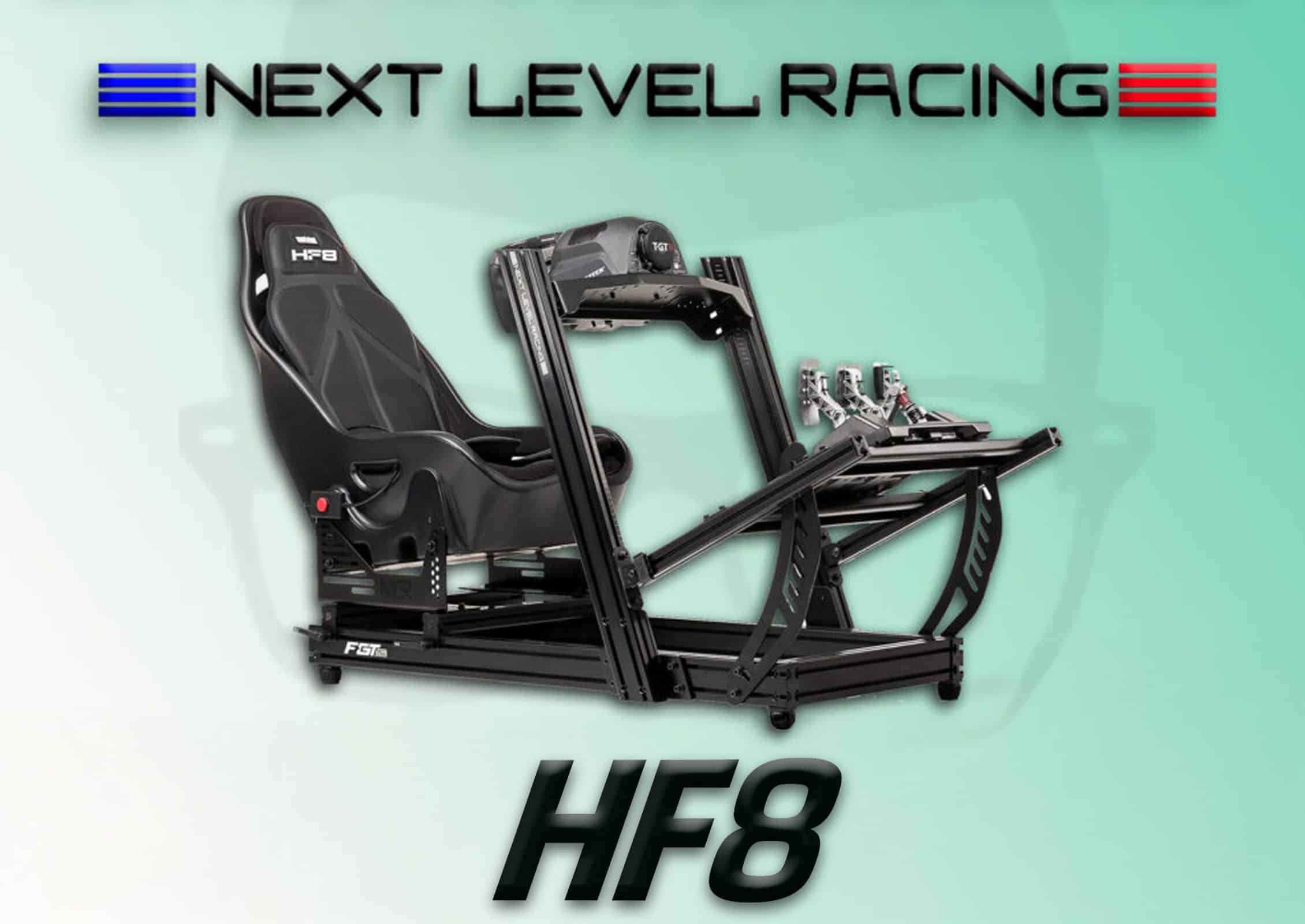
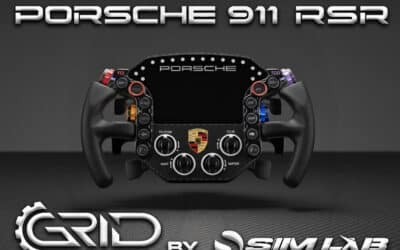

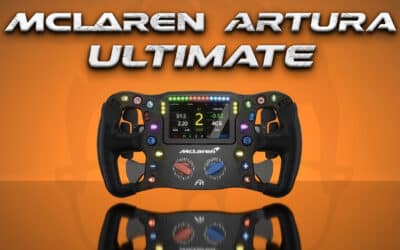
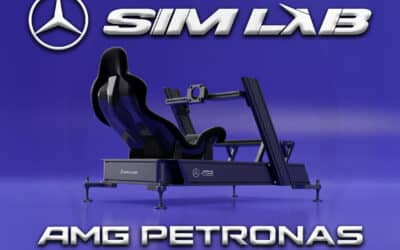
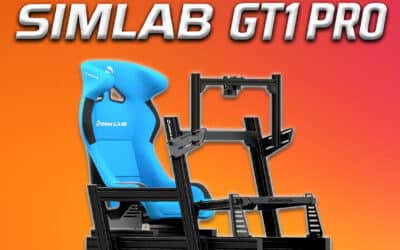
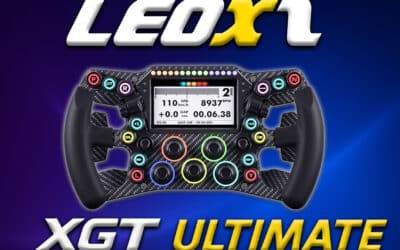
0 Comments